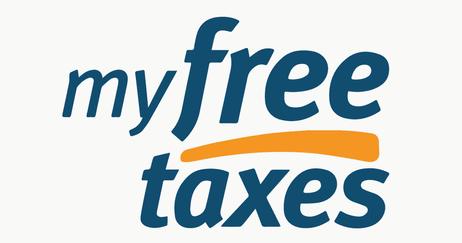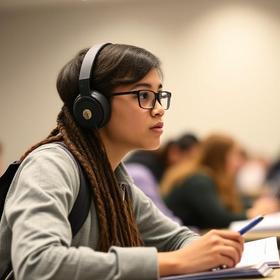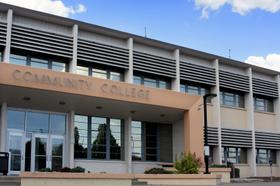With tax day just around the corner, many Americans are scrambling to get their documents in order and their forms completed. For those who need help with the return but can't afford to hire the services of a CPA, there is an alternative. The IRS offers volunteer tax assistance in various communities to help low-income families get the help they need before April 15. The benefits are even more far-reaching, as many community college students aspiring to accounting careers can get the training and experience they need to work in this volunteer program.
We'll give a brief overview of the volunteer program and who it helps and list a few of the community colleges that have come alongside the IRS to help Americans get their taxes filed on time.
What is VITA?
According to the IRS website, VITA, also known as the IRS Volunteer Income Tax Assistance Program, is designed to offer free tax help to low—to moderate-income Americans who are unable to complete their own tax returns. The service utilizes certified volunteers sponsored by several organizations to provide the assistance people need to file their basic income tax forms.
Most VITA stations are located in community places like libraries, schools, and shopping malls. Community colleges are another option for providing VITA services.
VITA helps many different groups of Americans file their taxes accurately and on time. Some of the people who qualify for VITA services include:
- Families with incomes below $49,000
- Those who cannot file






















